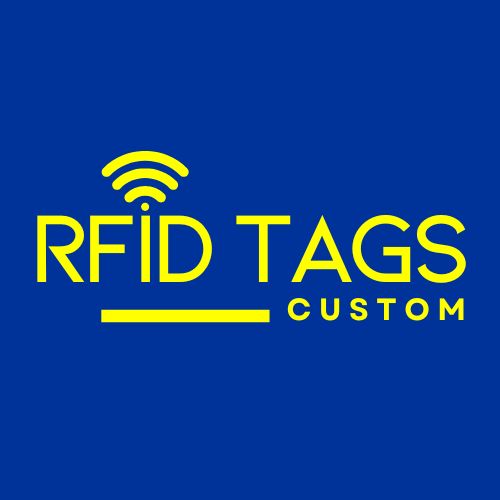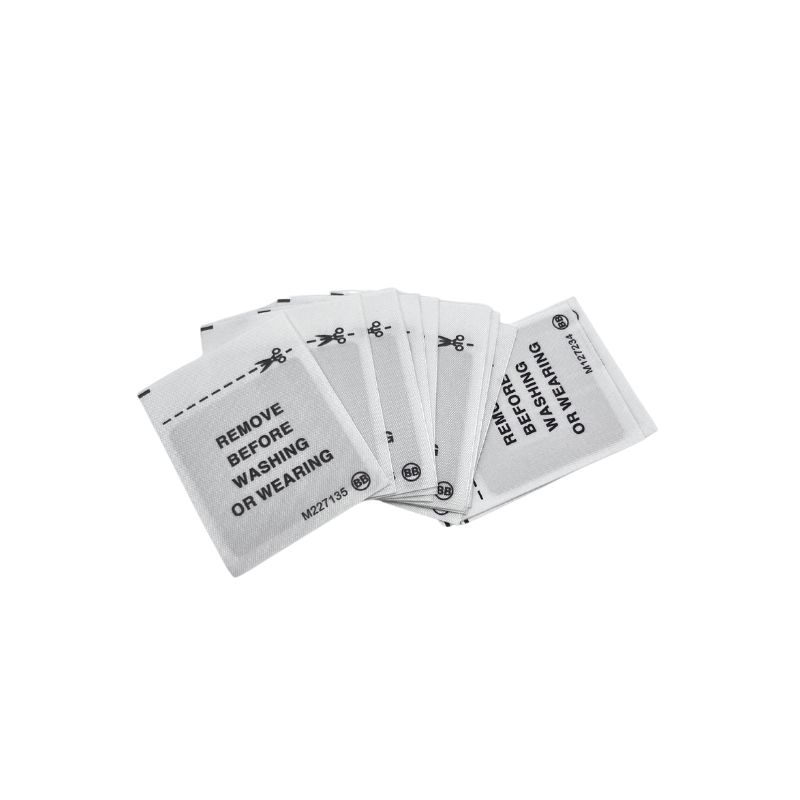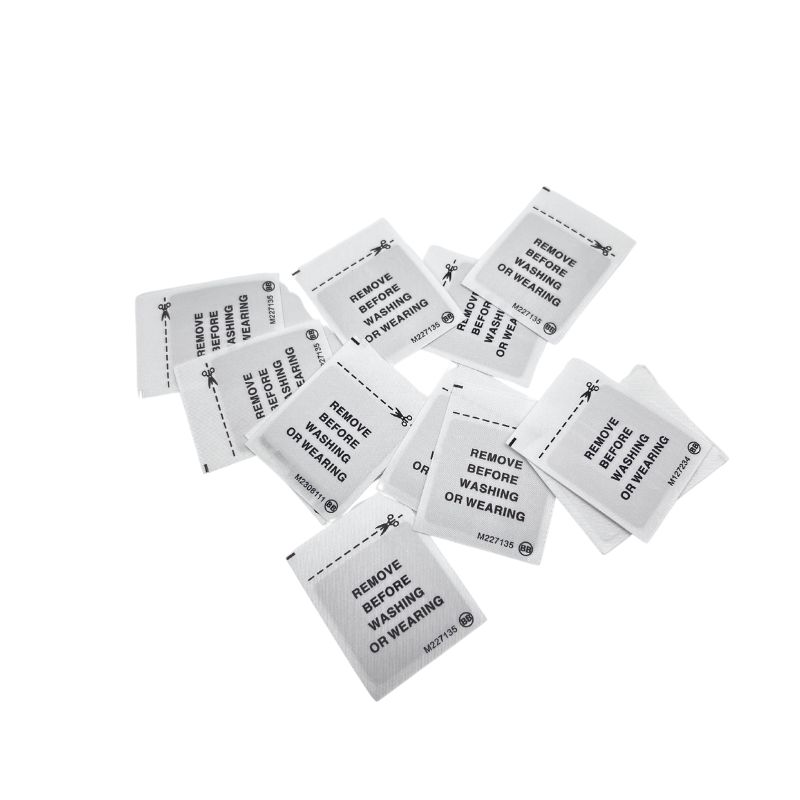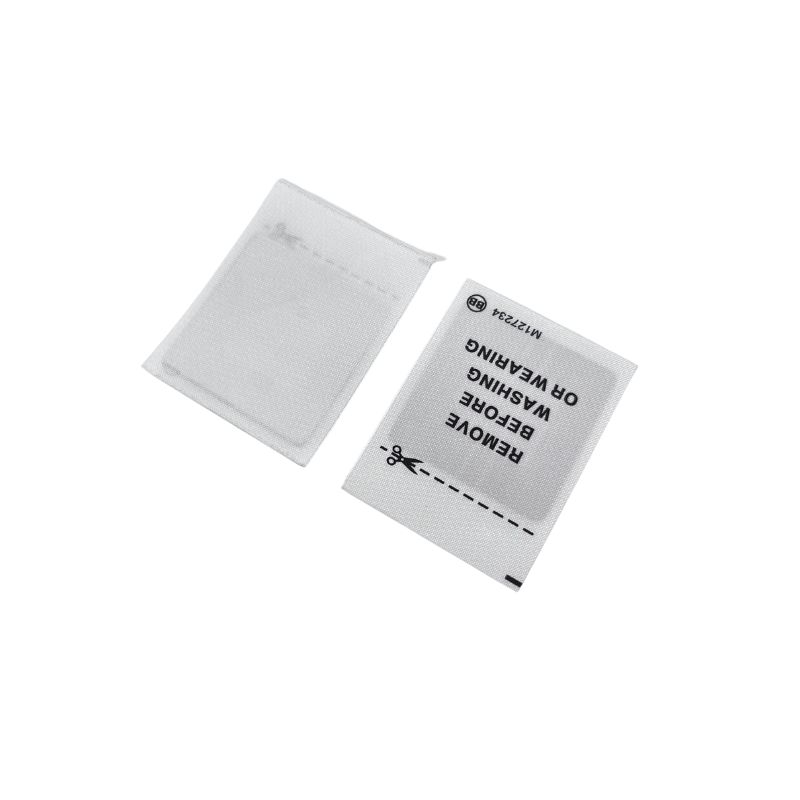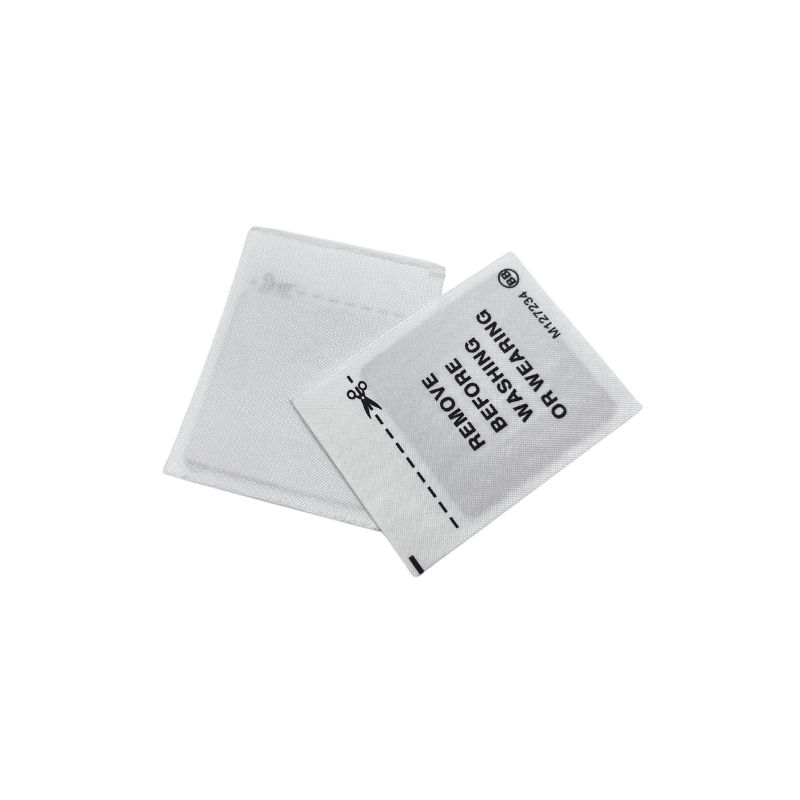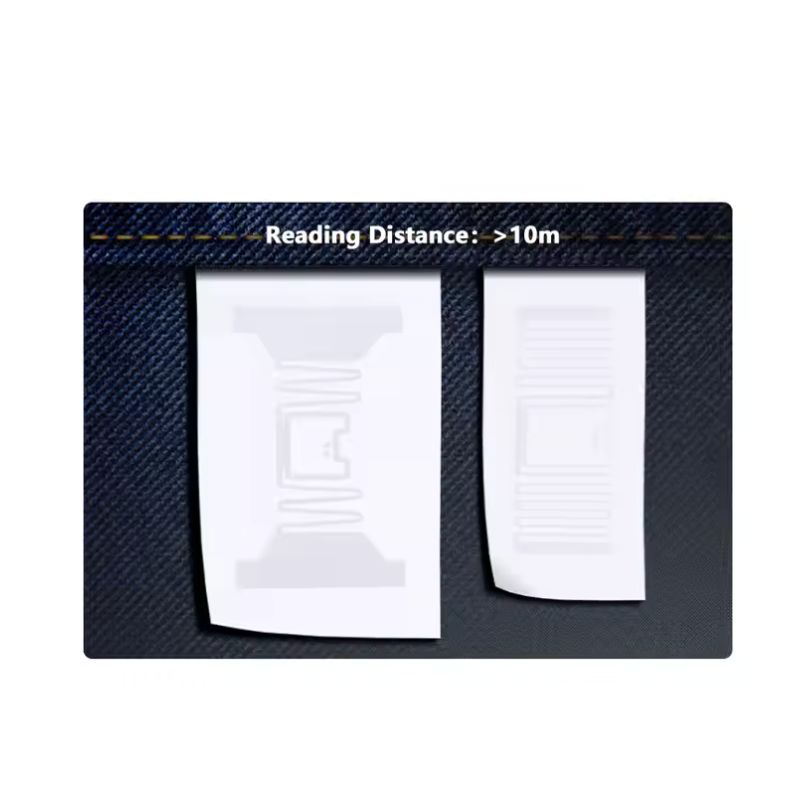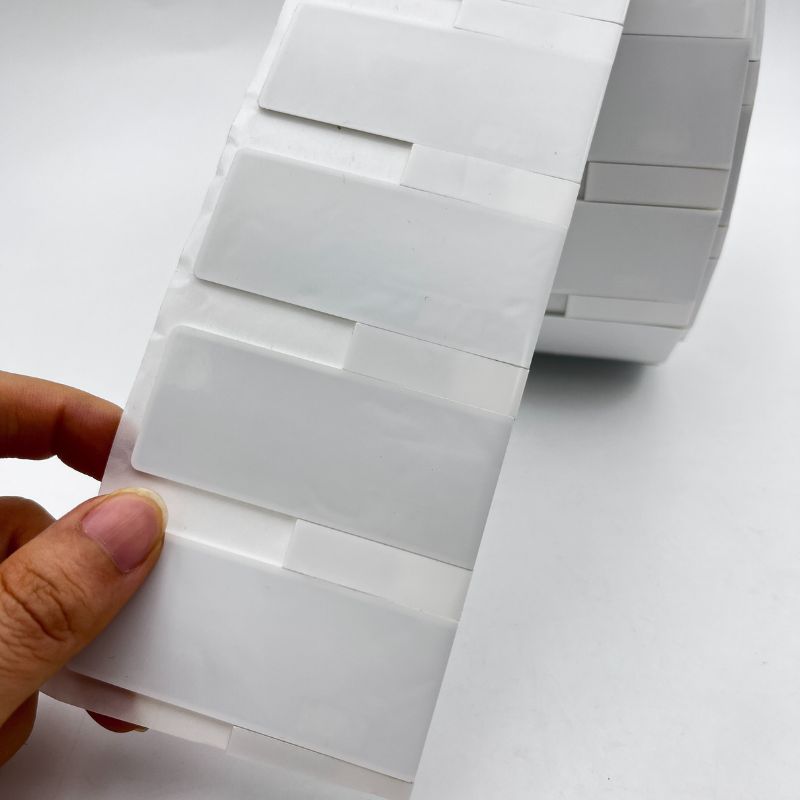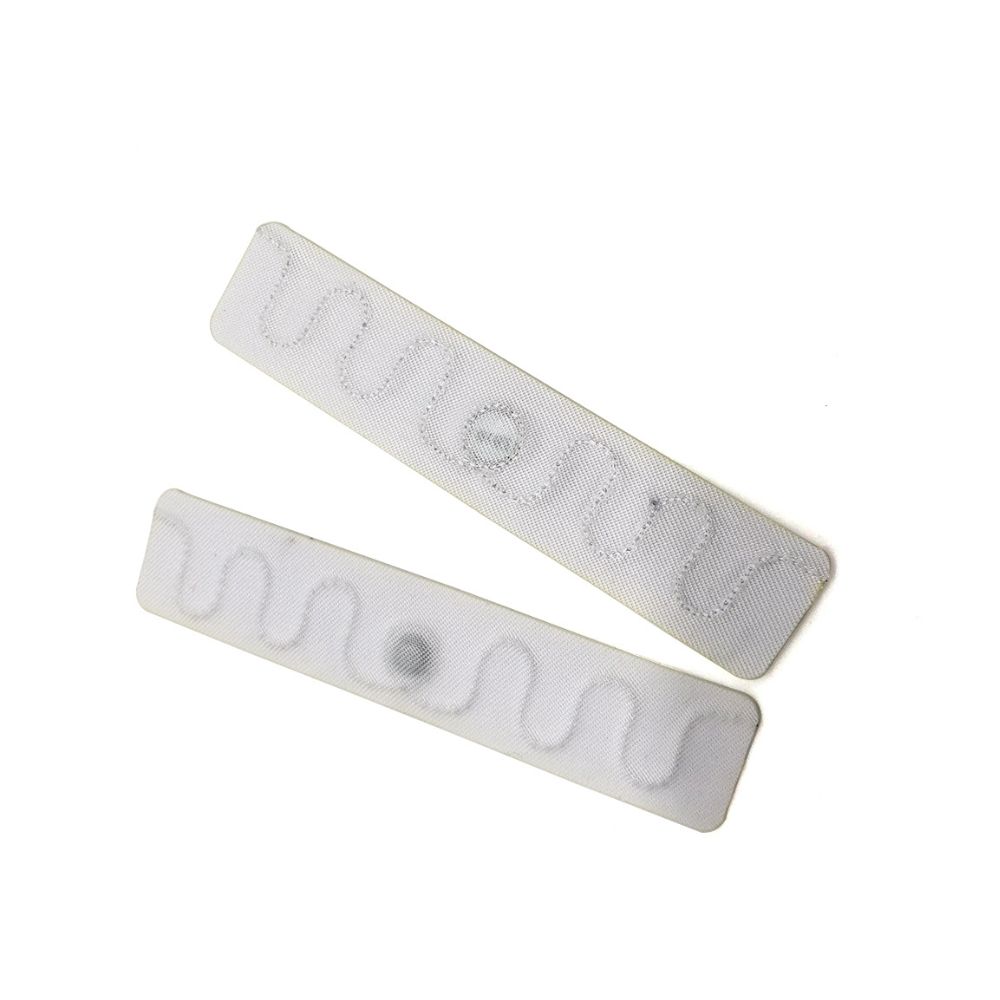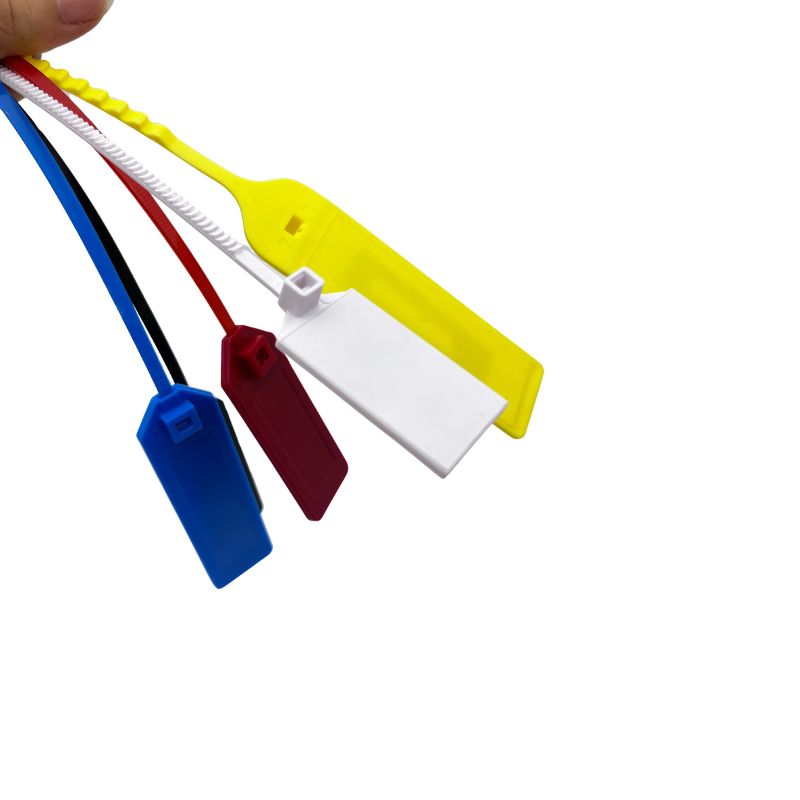
UHF Laundry RFID Tags for Clothing and Washing Garment
RFID Tags for Clothing | Washable RFID Laundry Tag for Textile & Garment Tracking
Simplify textile management and laundry tracking with our RFID tags for clothing—a durable, high-performance solution designed for industrial washing environments. These RFID laundry tags seamlessly integrate into garments, linens, uniforms, and other washable textiles to provide real-time tracking throughout the entire supply chain.
Whether you’re managing uniforms in healthcare, tracking hotel linens, or optimizing garment production, our RFID tags for clothing streamline operations and reduce loss, making laundry automation easier and more reliable.
Key Features of RFID Tags for Clothing
- Durable RFID Laundry Tag Design: Our RFID tags for clothing are built to survive over 200 industrial wash cycles, including exposure to high temperatures, chemicals, and mechanical agitation.
- UHF & HF Compatibility: Supports both UHF (860–960 MHz) and HF (13.56 MHz) standards for flexible integration with your existing laundry tags system.
- Multiple Attachment Methods: Sew-in, heat-seal, or adhesive RFID laundry tag options are available to meet different textile requirements.
- Accurate Bulk Reading: Read multiple RFID tags for clothing simultaneously, even when stacked, improving speed and efficiency in laundry and inventory management.
- Waterproof & Chemical Resistant: Each RFID laundry tag is made with silicon, PPS, or equivalent materials that withstand detergents, bleach, and sterilization.
- EPC Gen2 & ISO 15693 Protocols: Seamless compatibility with RFID software and scanning hardware used globally for RFID laundry tags.
- Customizable Formats: We offer different sizes, shapes, and frequencies to meet your specific RFID tags for clothing needs.
Real Use Case: RFID Tags for Clothing in Hotel Laundry
A luxury hotel chain implemented our RFID tags for clothing across 10 properties to manage linen and towel inventory. With each RFID laundry tag sewn into sheets and towels, they reduced linen loss by 40%, automated stock checks, and ensured compliance with hygiene protocols. The hotel now tracks every linen item from laundry to room service and back.
Technical Specifications
| Feature | Specification |
| Product Name | RFID Tags for Clothing / RFID Laundry Tag / Laundry Tags |
| Frequency | UHF (860–960 MHz), HF (13.56 MHz) |
| Material | Silicon, PPS, Waterproof Textile Options |
| Durability | 200+ Wash Cycles, High-Temperature Resistant |
| Protocol | EPC Gen2 (UHF), ISO 15693 (HF) |
| Operating Temperature | -25°C to +85°C |
| Attachment Options | Sew-in, Heat-Seal, Adhesive |
| Customization | Size, Shape, Frequency, Logo Printing |
Applications
- Industrial Laundry Management: Use RFID tags for clothing to track uniforms, towels, and linens through wash cycles and inventory processes.
- Hospitality Linen Tracking: Monitor hotel laundry with RFID laundry tags for sheets, robes, and towels.
- Healthcare Uniform Management: Attach laundry tags to scrubs, lab coats, and hospital gowns for sterilization tracking.
- Garment Manufacturing: Apply RFID tags for clothing in the supply chain to monitor apparel from production to retail.
- Retail Rental Services: Manage textile rentals and returns with washable RFID laundry tags embedded in each item.
Why Choose Our RFID Tags for Clothing?
- Factory-Direct Manufacturing: We produce all RFID tags for clothing in-house, ensuring low prices and flexible customization.
- Global Standards Compatibility: Our RFID laundry tag options work with UHF and HF RFID systems used worldwide.
- Proven Durability: Withstand harsh laundry processes without data loss or tag failure.
- Custom Formats Available: Choose the size, shape, and encoding that best fits your laundry tags system.
- Bulk Orders & Fast Delivery: We support large-volume orders with short lead times.
Streamline your textile management with our RFID tags for clothing!
FAQ
What are RFID tags for clothing?
RFID tags for clothing are washable RFID chips embedded in garments or linens for tracking during production, usage, or laundry cycles.
What is an RFID laundry tag used for?
An RFID laundry tag is used to identify and track textiles in laundry management systems, helping to automate sorting, washing, and inventory.
How do laundry tags withstand washing?
Our laundry tags are made from silicon or PPS materials, resistant to water, heat, and chemicals, and can survive over 200 industrial washes.
Can I customize RFID tags for clothing?
Yes! We offer custom sizes, shapes, frequencies, and printing options to meet your specific RFID tags for clothing needs.
Do these RFID laundry tags work with existing readers?
Absolutely. Our RFID laundry tags are compatible with most EPC Gen2 UHF and ISO 15693 HF RFID readers.
Get Your Custom RFID Tags
As a leading custom RFID tag manufacturer, we craft solutions based on the unique needs of your operation. We offer a wide range of customization options, including material, size, frequency, encoding, and read distance, ensuring each RFID Tag is perfectly customized to your requirements. No matter what application you use RFID tags for, we can provide rugged, reliable RFID tags that meet the highest quality and durability standards. Here are the main ways we customize RFID tags to fit your needs.

Material Selection
Material is key for customizing RFID tags. Plastic works in harsh conditions, while softer materials suit delicate spaces. Different materials also affect signal performance. Pick what fits your use case to ensure your tags last and work reliably.

Customized Size
Size shapes usability. Small tags fit tight spaces or tiny items, while larger tags are easily read. In crowded areas, sleek tags prevent clashes. Align shape and dimension with your goods for visibility, convenience, and performance.

Frequency Requirements
Choose LF, HF, or UHF based on read range, speed, and interference. LF and HF resist metals and liquids but have shorter ranges. UHF offers an extended range yet may face signal blocks. Match frequency to your environment for reliable performance.

Reading Distance
Define the distance at which you have to read the tag. Short distances work for retail checkouts, while warehouses may need meters of coverage. Antenna design, reader settings, and power outputs affect range.Adjust these factors to capture data accurately at the distance you need.

Encode
Plan how data is stored on each tag. Some only hold an ID, while others contain detailed info. Decide if you need a simple EPC or added user memory. Ensure your chosen format works with existing software. Proper encoding streamlines processes and slashes errors.

Application Environment
Consider real-world conditions. Temperature swings, humidity, and chemicals can degrade tags. For outdoor use, opt for UV-resistant casings. In healthcare or food settings, ensure compliance with safety rules. Matching your tags to the environment maximizes their lifespan.
Related Products
Customize any RFID tags from our factory to meet your requirements.
